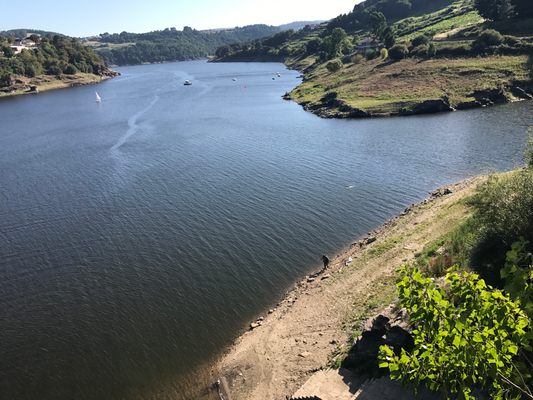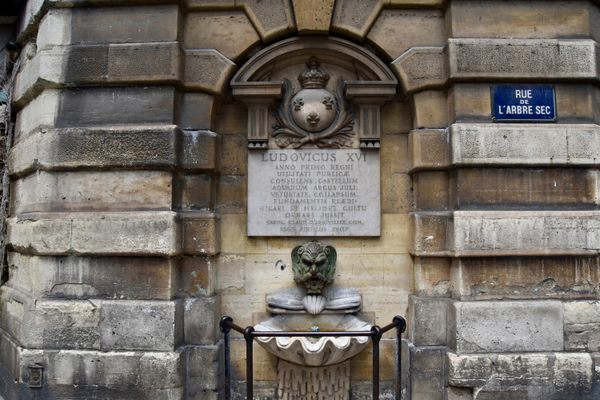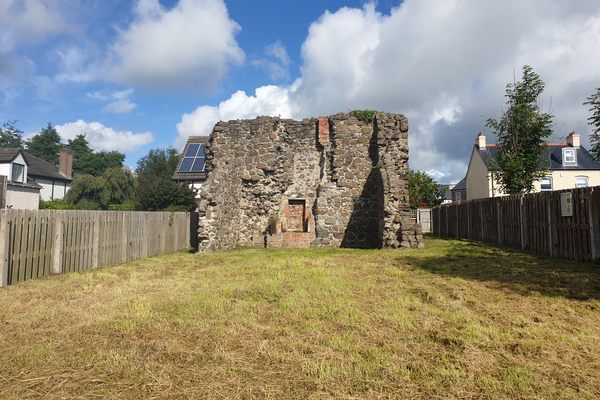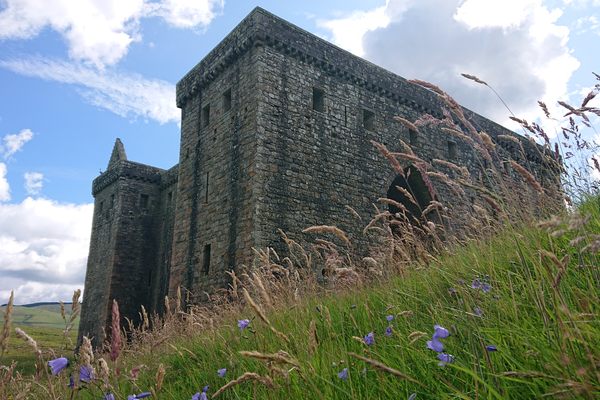About
Located high above the waters of the Mino River in Spain, the town of Portomarín is known for its local liqueurs and the thousands of pilgrims that pass through every year.
Tracing its origins to the ancient Romans, remnants of the Empire still remain in the shallow levels of the cliffs that climb high over the river. Two medieval villages on either side of the river grew into what came to be called Portomarín.
It wasn't until the 1960s that the town was submerged in the waters of the Mino. A dam was to be built, creating what is now called the Belesar reservoir. In preparation, the most significant historic buildings were moved brick by brick up to the top of a nearby hill. These buildings included the 12th century church San Xoán de Portomarín (Church of Saint John) and the Capela de San Pedro (Saint Peter chapel). These buildings were joined by new ones to create modern Portomarín.
The ruins of old Portomarín still stand (mostly) along the banks of the Mino, and can be explored when the reservoir's water levels are low. The original medieval bridge sits in the shadow of the new one, while a jetty leans out to one side, providing ample spots for fishing and swimming. Partial remains of stone dwellings and towers sit here and there, clinging to the cliffs like moss. Standing among the crumbling husks of these buildings, one feels as if one has descended through layers of history into a tomb, to walk with the spirits of the medieval pilgrims who made their arduous way to Santiago de Compostela.
Related Tags
Community Contributors
Added By
Published
January 31, 2020











































